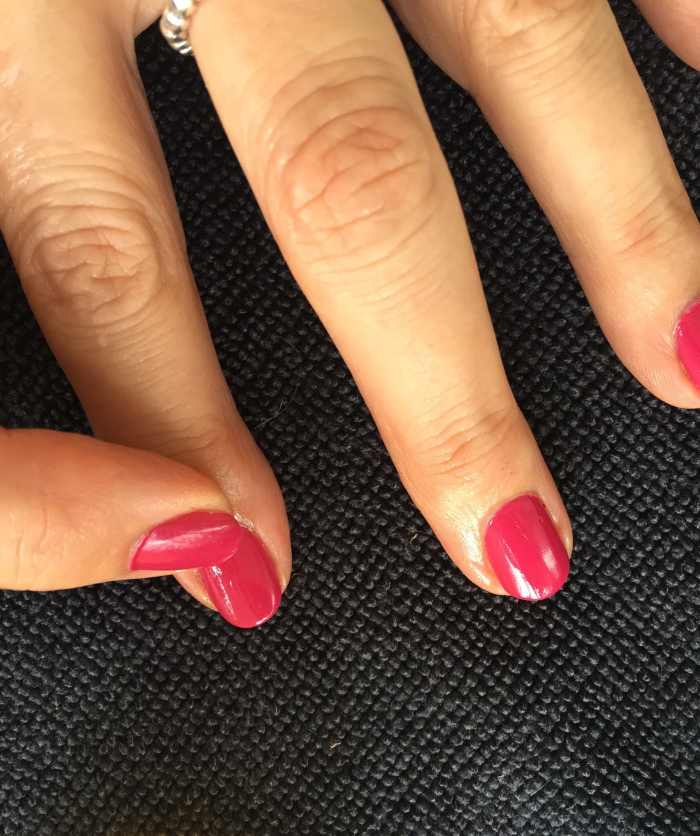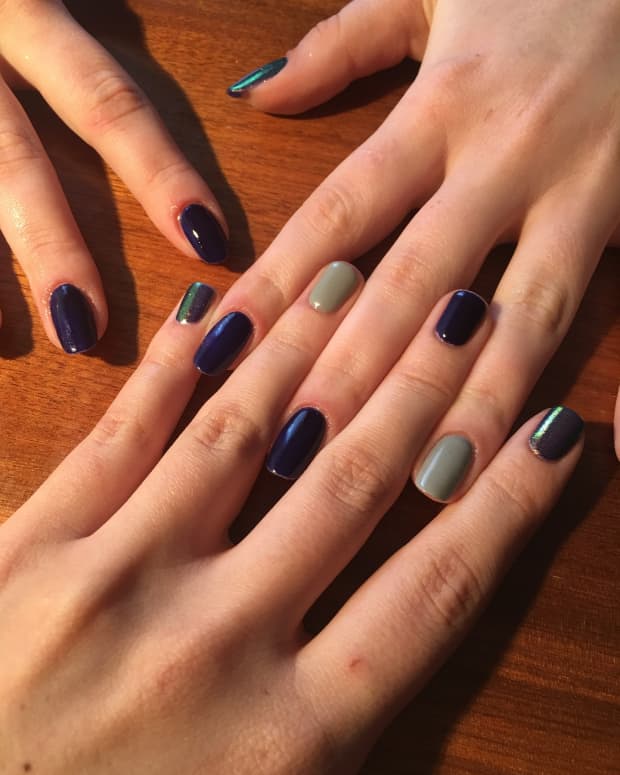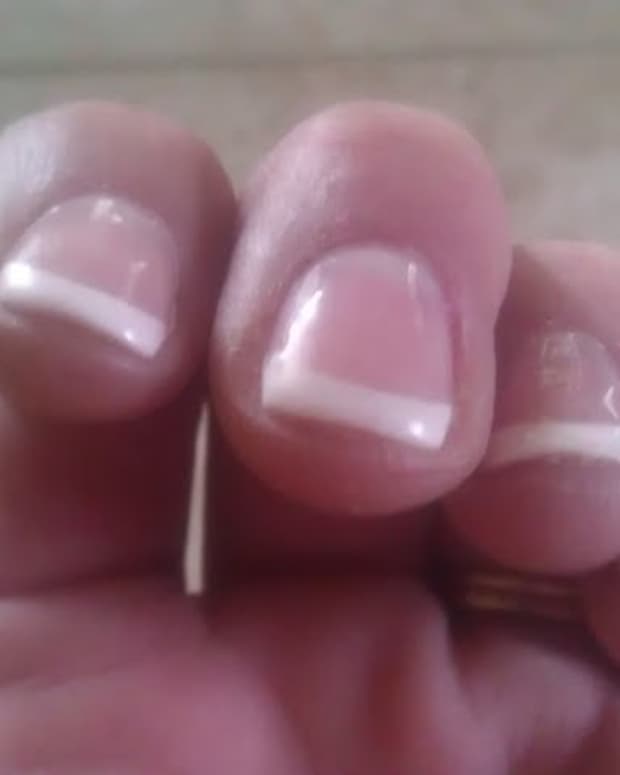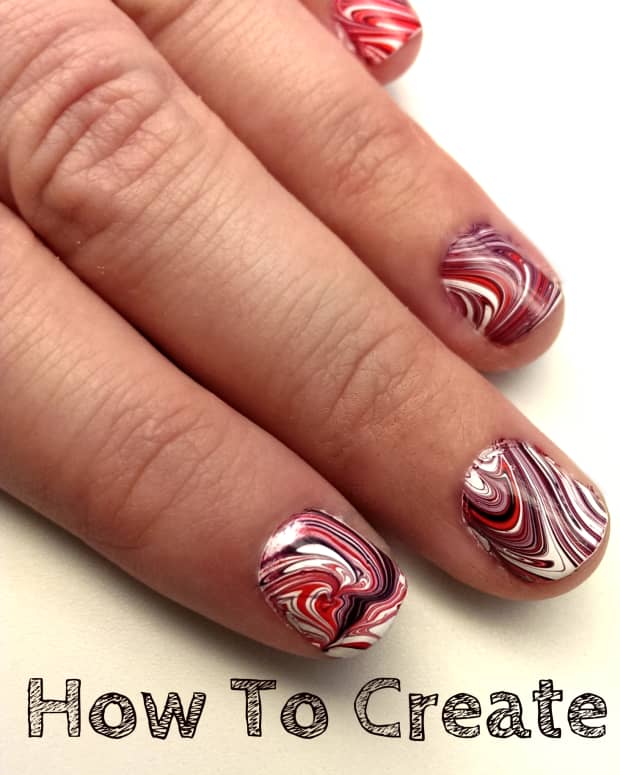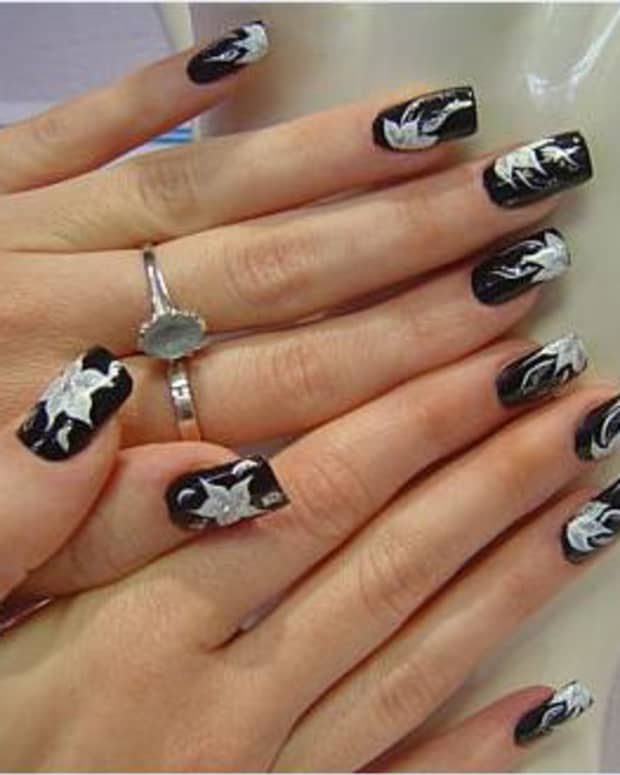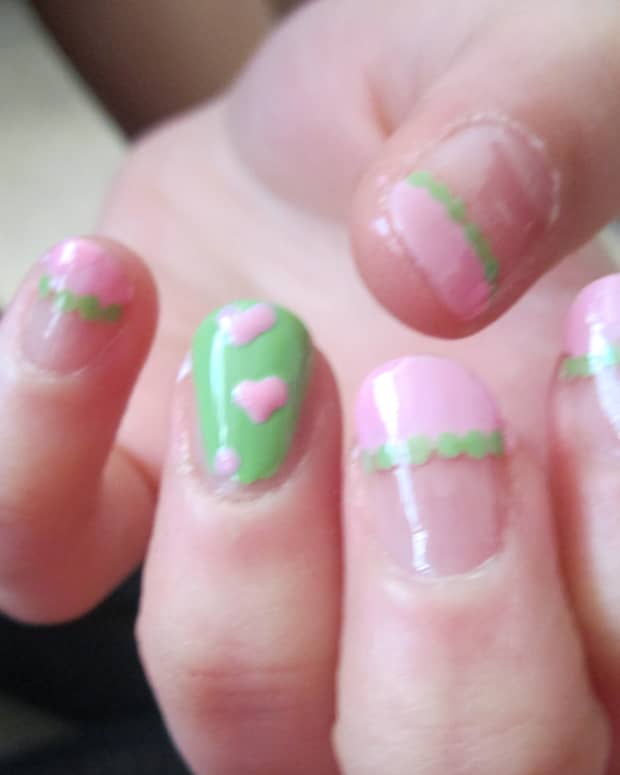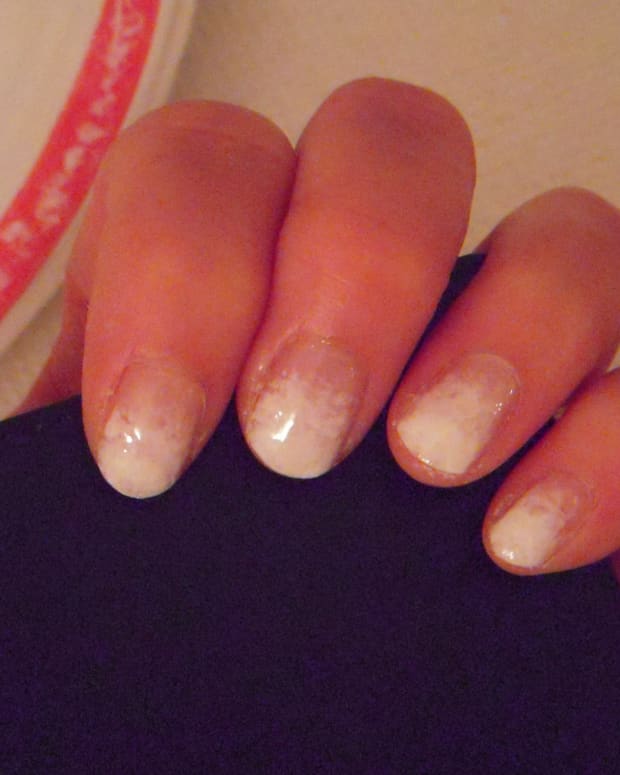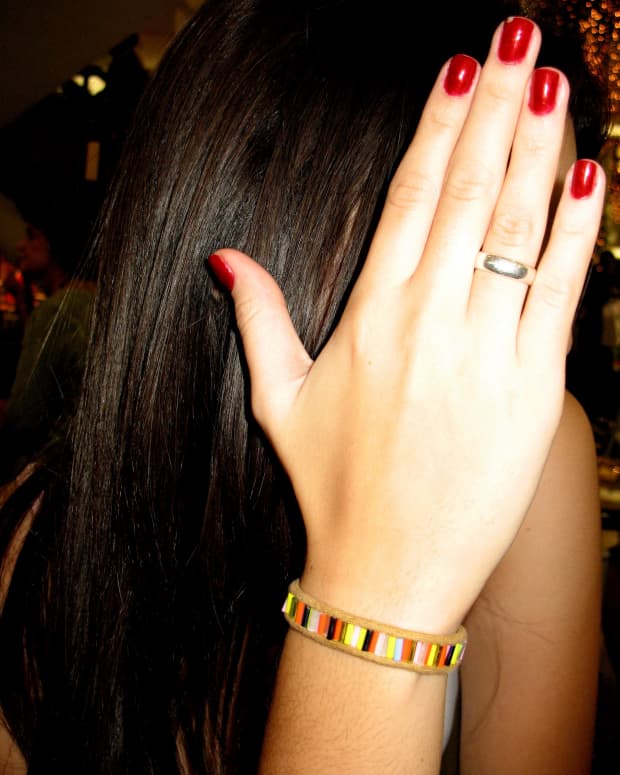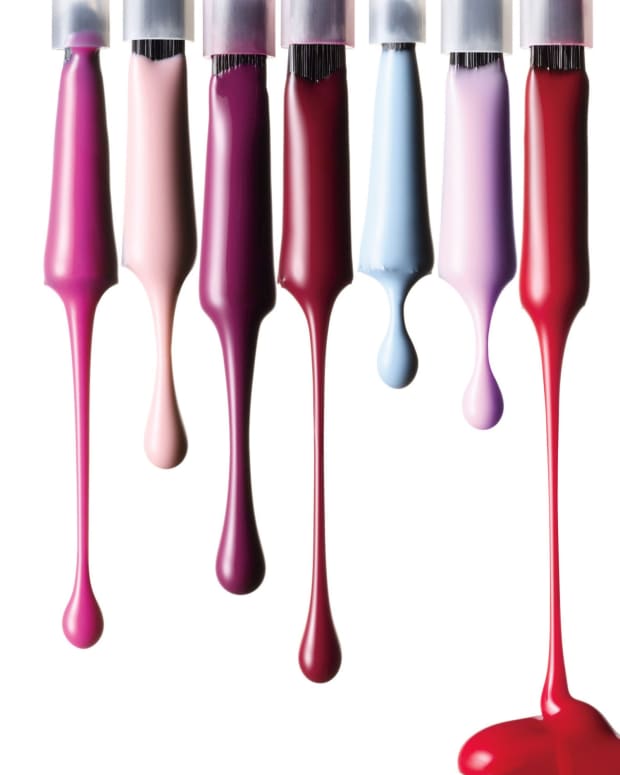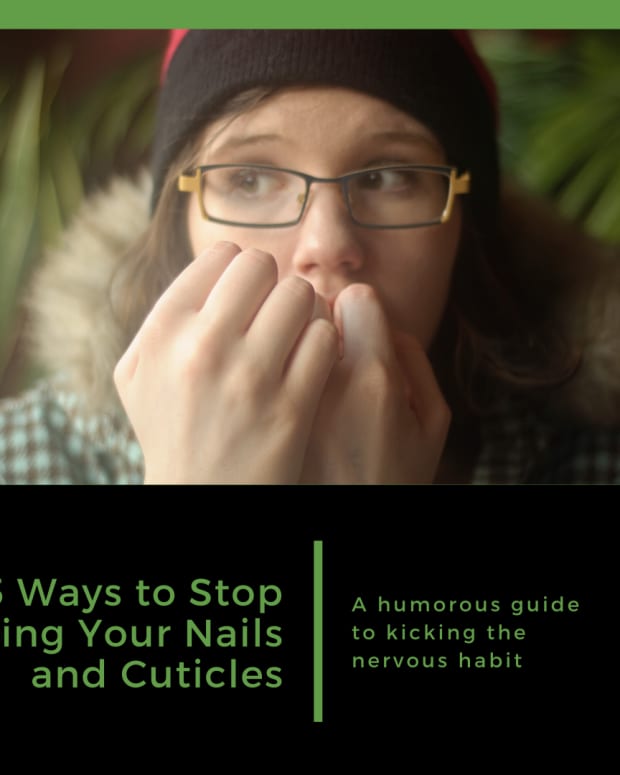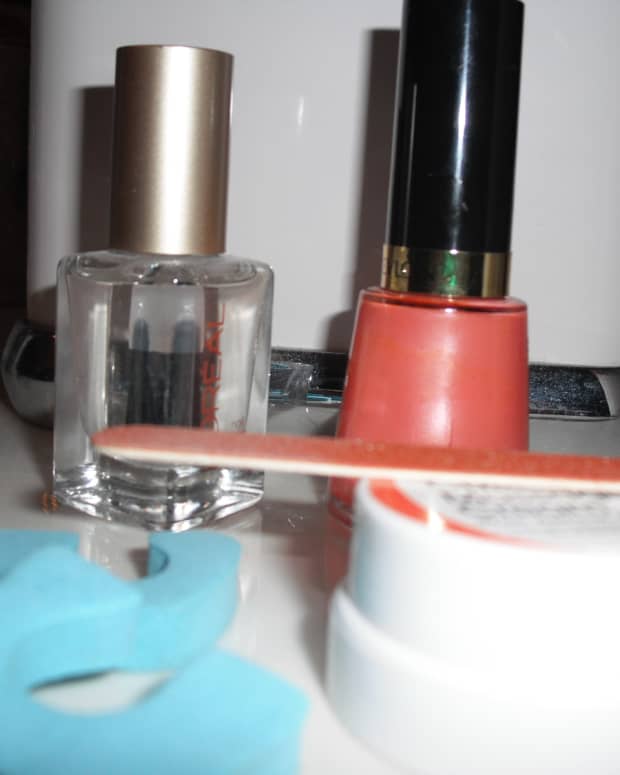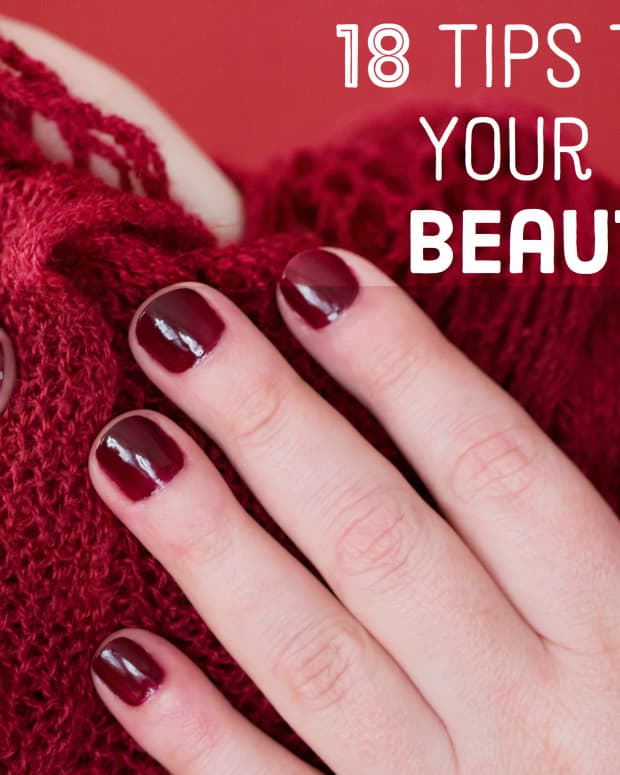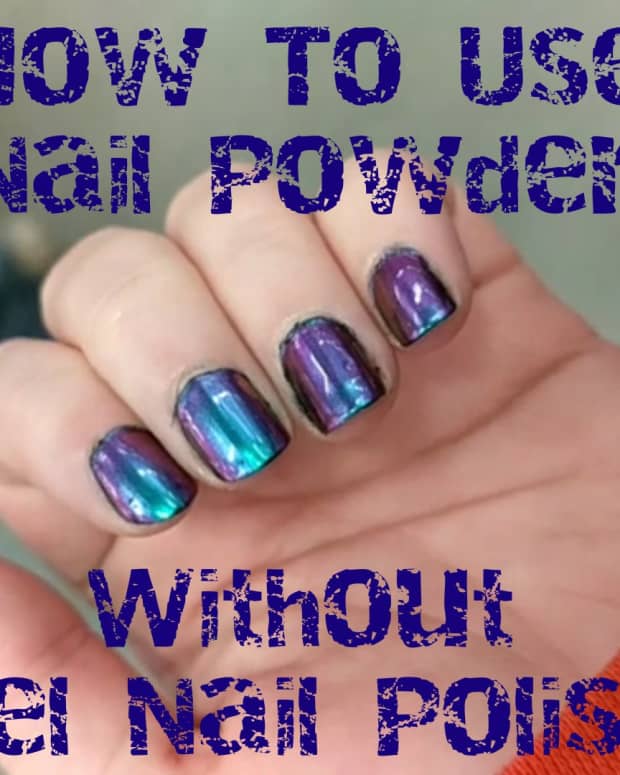How to Manicure and Care for Your Nails at Home
Sheryl, a Transformational Therapist with qualifications in all areas of beauty, specialises in working with women from the inside out.
There are so many ways to be creative with nails to improve and uplift the appearance of your hands. It is important to care for your nails as it helps to keep them healthy and hygienic. They can provide important information regarding your health that can indicate nutritional deficiencies. Our nails are made of layers of protein called keratin, a protein also found in hair and skin. On average, your fingernails grow at rate of about 2-3 millimetres per month, therefore it takes around 4-6 months for regeneration. Due to the fact that our nails sit outside the body and at the tips of our fingers and toes, they do encounter a lot of abuse through knocks and chemicals. For good home maintenance, here are some tips and techniques for home manicures and healthy nail care.
Nail Care and Healthy Eating
Eating a healthy and well-balanced diet is essential to good nail development and growth. For nails to be in a healthy state, it is essential that you consume high amounts of calcium, which can be found in green leafy vegetables such as spinach and kale. This will assist you in avoiding the discolouration, splitting or cracking of your nails. The body also requires an adequate intact of vitamin A, vitamin C, zinc, phosphorous, folic acid, silica and vitamin D, working in synergy to maintain good nail health. Keep your body hydrated, a minimum of two litres of water per day is recommended to prevent chipping and promote nail durability. Eating foods rich in iron is a must! Ridges and fragile nails can be an indication to the deficiency of iron present in your body, you may even notice hangnails and white spots on your fingers. Foods such as red meats, certain species of fish, lentils, fresh vegetables, soy and whole grain products just to name a few, will increase and stabilize your iron levels, and if you are vegan or vegetarian, supplementing is highly recommended.
What You Will Need in Your Manicure Kit
- Nail polish remover
- Cotton balls
- Cotton tips
- Nail file
- Nail clippers or scissors
- Nail buffer block
- Nail buffer (polisher)
- Base and top coat
- Nail polish
- Vaseline
- Hand and nail oil or moisturiser


Step 1
Remove old polish using nail polish remover and cotton balls. I recommend the use of non-acetone polish remover over acetone polish removers due to it retains the nails natural lubricating oils, preventing them from becoming brittle. If your nails are quite long, before trimming down with your nail clippers, it’s best to soak your hands in a bowl of warm water and an essential oil if you have one available, this will soften the nail and prevent it stressing by ripping as you remove the unwanted length.
Step 2
It is important to maintain your nails with regular trimming using sharp clippers or nail scissors—if they are blunt they will do damage to your nails. The best way to trim your nails is to cut them straight across until they are medium length.
Read More From Bellatory



Step 3
Take your nail file and begin to shape your neatly trimmed nails. Rule of thumb when filing—never see-saw the sides and tips of your nails with your file as it will make the nails more susceptible to peeling and breakage. Gently run the file across your nail in one direction only. Begin at the outside edge (the bridge of the nail) ensuring that you file straight up, once you reach the tip, begin to file pulling towards the centre. The reason that we file the bridge straight up and not rounded is that the bridge gives the nail more strength to withstand bumps and knocks to nails on a daily basis.



Step 4
Time to buff your nails. Buffing your nails is equivalent to brushing your teeth—it brightens and gives the nails a more youthful appearance. Buffing your nails stimulates blood circulation and assists in the removal of built up natural oils that can affect the duration of the final polish. You can use a see-saw motion across each nail and down into the cuticle. Once you have finished buffing with the sponge block, you can go over the top of your nails with the smooth buffer, giving your nails shine. Give your nails a rinse with water removing any nail dust from the outer edges and you are ready to polish.
Step 5
Base coat is necessary to apply before your nail polish as it will give a smoother coverage to your final colour coat. It is important to use a high-quality base coat as it nourishes, strengthens, fills in the ridges and protects against stains. Some base coats today come standard within the coloured nail polish.






Step 6
Apply a very small amount of Vaseline on the skin around the edge of your nails using a cotton tip. This will assist with clean up of the edges if you paint outside the lines, ensuring that you keep the Vaseline of the nails or your polish won’t adhere. The key to a successful polish is to only load enough product onto your brush to cover the entire nail. Three strips down each nail are all that is required, one stroke down the centre, followed by one stroke down each side. Tidy up any polish applied on the cuticle and outer edges using a clean cotton tip and nail polish remover. Allow this coat to dry before applying a second coat using the same technique. The final touch is using a quality top coat to ensure shine and durability to your nail polish. Once dried, massage a small amount of moisturiser or oil to the cuticles and outer edges of your nails. Walla! You are done.





Step 7
Time to clean up! Good sanitisation of your tools is important to prevent infection by stopping the spread of bacteria next time you manicure your nails. In a tub of warm water, place your tools in an anti-bacterial solution and clean with a tooth brush. Rinse thoroughly with warm water and allow drying naturally on a towel before putting away for next time.


Cuticle Care
A hand massage will stimulate the blood flow assisting in the strong healthy growth of your nails, however if you are active with your hands within your daily work this will naturally stimulate the tips of your fingers, promoting good blood circulation which provides fast growth and strength in your nails. Cuticle care is important especially if your work is related to a field where your hands are constantly in water. An excess of water makes the skin dry by withdrawing sebum (natural oil), hot water can cause dilation of the capillaries leading to redness and high amounts of alcohol will dehydrate your skin and nails, creating hard nails and leading to premature aging. I recommend maintaining hydration and applying a daily hand and nail moisturiser to your hands, massaging the cream into your cuticles to prevent them for becoming hard and uncomfortable.
Handy Tip for Stained Nails
To remove stains and clean your nails, place your hands or feet into a half filled large bowl of room temperature water and add in one and half tablespoons of lemon juice, which is a mild astringent and useful for stain removal. Soak for a couple of minutes and remove rinsing your nails in warm-hot running water. Finish with massaging moisturiser into your hands and feet paying particular attention to your nails.
This content is accurate and true to the best of the author’s knowledge and is not meant to substitute for formal and individualized advice from a qualified professional.
© 2018 Sienna May

